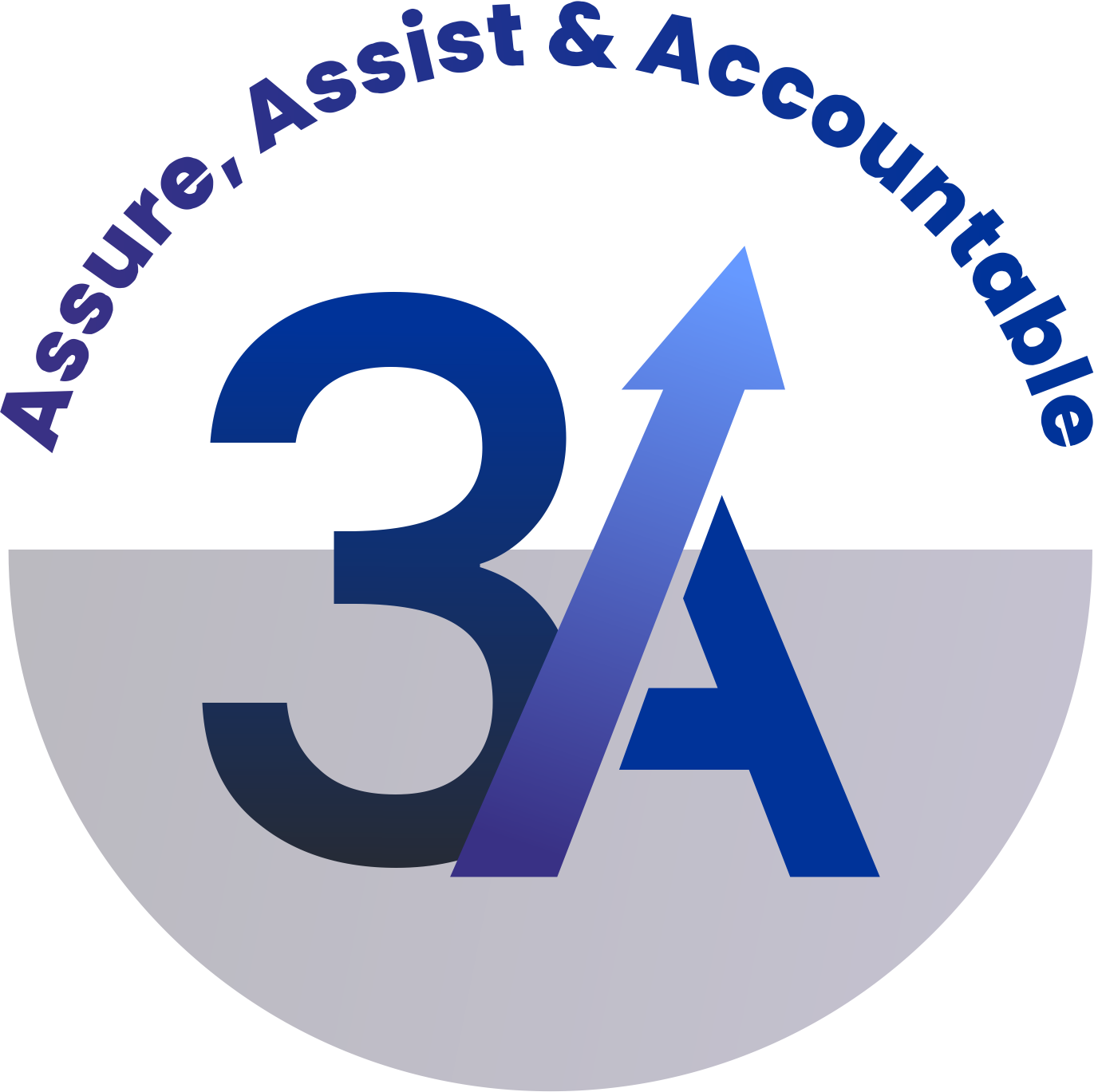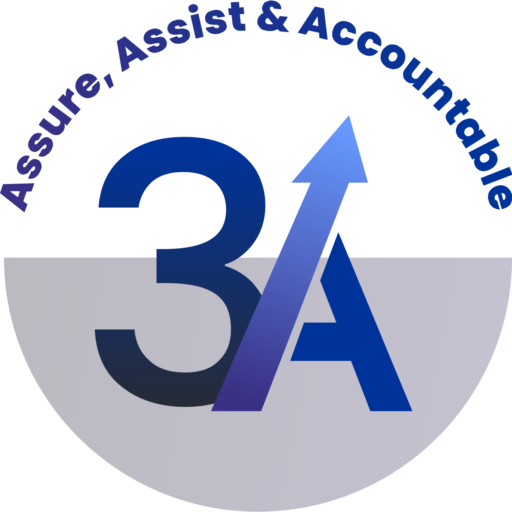- A Future Forged Anew: Cutting-Edge Developments and breaking news empower individuals with unprecedented control over their financial destinies.
- The Rise of Decentralized Finance (DeFi)
- Personalized Investment Strategies
- The Impact of Algorithmic Trading
- Managing Expenses with Fintech Solutions
- The Future of Personal Finance
A Future Forged Anew: Cutting-Edge Developments and breaking news empower individuals with unprecedented control over their financial destinies.
In an era defined by rapid technological advancement and a shifting economic landscape, individuals are increasingly seeking greater agency over their financial well-being. This quest for financial autonomy is being fueled by the emergence of innovative platforms and tools that empower people to take control of their investments, manage their expenses, and build wealth in previously unimaginable ways. This is especially true now, with breaking news consistently highlighting both the vulnerabilities and opportunities within traditional financial systems.
The traditional financial world, once dominated by large institutions and complex processes, is undergoing a dramatic transformation. From decentralized finance (DeFi) protocols to personalized investment algorithms, the tools available to individuals are becoming more sophisticated and accessible. This shift isn’t just about technology; it’s about a fundamental change in the power dynamic, moving it from centralized entities to the hands of the individual.
The Rise of Decentralized Finance (DeFi)
Decentralized Finance, or DeFi, represents a paradigm shift in how financial services are delivered. Built on blockchain technology, DeFi eliminates the need for intermediaries like banks and brokers, allowing individuals to directly interact with financial instruments. This direct interaction leads to lower fees, increased transparency, and greater control over one’s assets. Smart contracts automate processes, removing the potential for human error and bias. The core concept is to recreate traditional financial systems – lending, borrowing, trading – in a permissionless and transparent manner.
However, DeFi is not without its risks. While offering significant potential, it also presents challenges related to security, scalability, and regulatory uncertainty. Potential investors must understand these risks thoroughly before participating. The volatility associated with cryptocurrencies, which often underpin DeFi protocols, requires careful consideration. Despite these caveats, the growth of the DeFi space demonstrates a clear demand for alternative financial solutions. Here’s a comparison of traditional and DeFi lending rates as of late 2023:
| Financial Instrument | Traditional Lending Rate (Average) | DeFi Lending Rate (Average) |
|---|---|---|
| Personal Loan | 8.5% – 12% | 4% – 8% |
| Savings Account | 0.5% – 1% | 3% – 6% |
| Mortgage | 6% – 7% | N/A (emerging DeFi mortgages) |
Personalized Investment Strategies
Beyond DeFi, a revolution is occurring in personalized investment strategies. Artificial intelligence (AI) and machine learning algorithms are now capable of analyzing vast datasets to identify investment opportunities and tailor portfolios to individual risk tolerances and financial goals. Robo-advisors offer automated investment management services, providing access to sophisticated investment strategies at a fraction of the cost of traditional financial advisors. The ability to customize financial plans and receive data-driven recommendations is empowering individuals to make more informed decisions.
These AI-powered platforms aren’t limited to just stocks and bonds. They are expanding to include alternative investments like real estate, private equity, and even art. This democratization of access to previously unavailable investment opportunities is reshaping the financial landscape. However, it is crucial to understand the limitations of these algorithms. They are based on historical data and may not accurately predict future market movements. Here’s a list outlining the factors considered by most robo-advisors when constructing a personalized portfolio:
- Risk Tolerance: Assessed through questionnaires and behavioral analysis.
- Time Horizon: The length of time the investor plans to hold the investment.
- Financial Goals: Retirement, home purchase, education, etc.
- Income and Expenses: To understand cash flow and investment capacity.
- Current Portfolio Holdings: To avoid over-concentration in any one asset class.
The Impact of Algorithmic Trading
Algorithmic trading, a subset of AI-powered investing, is transforming the speed and efficiency of financial markets. High-frequency trading (HFT) firms utilize complex algorithms to execute trades in milliseconds, capitalizing on minute price discrepancies. While HFT can increase market liquidity, it also raises concerns about market manipulation and unfair advantages. The rise of algorithmic trading has democratized access to market speed, but also created a more complex and potentially volatile trading environment. Understanding the implications of these algorithms is critical for both individual investors and regulators.
It’s important to note that access to truly high-frequency trading is typically limited to institutional investors. However, many retail brokers now offer tools that allow individuals to automate parts of their investment strategies, such as dollar-cost averaging or trailing stop-loss orders. This increased access provides a level of sophistication that wasn’t previously available to the average investor. The complexities of algorithmic trading also highlight the need for increased financial literacy and awareness of market risks.
Managing Expenses with Fintech Solutions
Effective expense management is a cornerstone of financial well-being. Fintech solutions are increasingly helping individuals track their spending, create budgets, and identify areas where they can save money. Budgeting apps provide real-time insights into cash flow, categorizing expenses and offering personalized recommendations for reducing spending. Automated savings tools allow individuals to effortlessly save small amounts of money over time, building wealth without significant effort. This focus on granular expense tracking and automated savings contributes to a more conscious and proactive approach to financial management.
The integration of open banking APIs is further enhancing these capabilities. Open banking allows third-party apps to securely access an individual’s banking data, enabling a more holistic view of their finances. This integration makes it easier to track expenses across multiple accounts, identify potential savings opportunities, and automate financial tasks. However, data privacy and security are paramount concerns with open banking, requiring robust security measures and transparent data usage policies. Below is a comparison of popular budgeting app features:
| App Name | Expense Tracking | Budgeting Tools | Savings Features |
|---|---|---|---|
| Mint | Excellent | Robust | Limited |
| YNAB (You Need A Budget) | Good | Highly Customizable | Goal-Based Savings |
| Personal Capital | Excellent | Basic | Investment Tracking |
The Future of Personal Finance
The evolution of personal finance is far from complete. Emerging technologies like blockchain, AI, and machine learning are poised to disrupt the industry further. We can anticipate even greater personalization of financial services, more seamless integration of financial tools, and increased access to alternative investment opportunities. The very definition of financial ownership is poised to undergo change, with fractional ownership and tokenization of assets becoming more prevalent. This future landscape will demand a higher level of financial literacy and adaptability from individuals.
The increasing prevalence of digital currencies, both centralized and decentralized, is also reshaping the financial landscape. Central Bank Digital Currencies (CBDCs) are being explored by governments around the world, potentially offering a more secure and efficient alternative to traditional payment systems. The combination of technological innovation and shifting consumer expectations is creating a dynamic and transformative environment in personal finance. Here are key trends anticipated in the sector over the next five years:
- Increased adoption of DeFi protocols.
- Further development of AI-powered investment tools.
- Expansion of open banking initiatives.
- Growth of personalized financial health platforms.
- Greater integration of digital currencies into mainstream finance.
Access to sophisticated financial tools is expanding, granting unprecedented control to individuals. The ability to navigate this new landscape successfully demands embracing a mindset of lifelong learning and remaining adaptable to the constant changes within the financial world.

